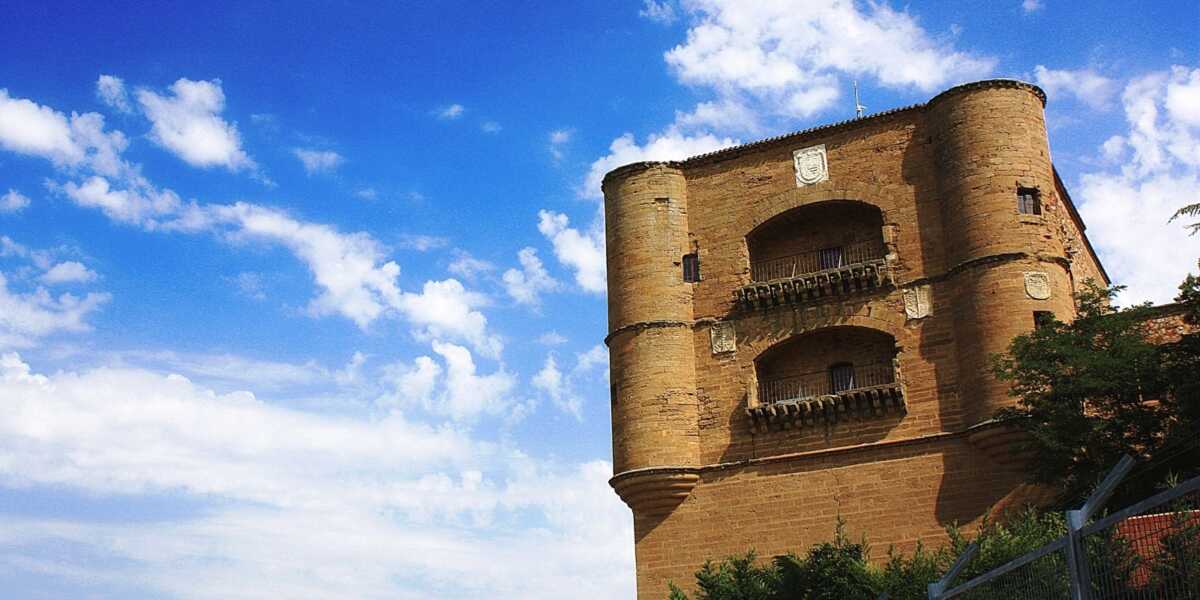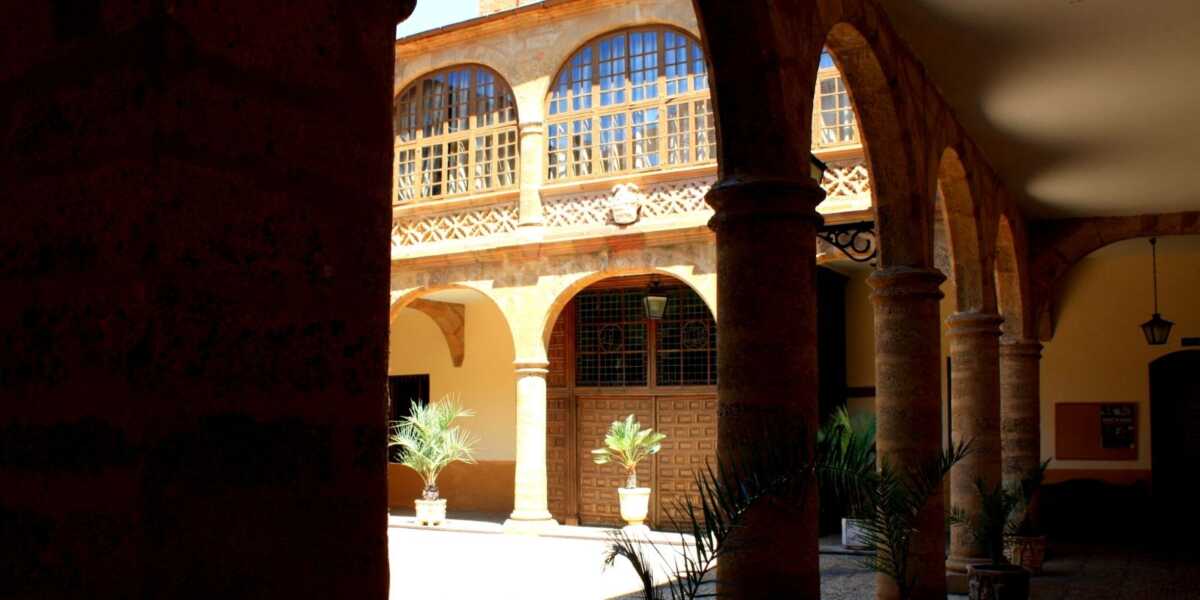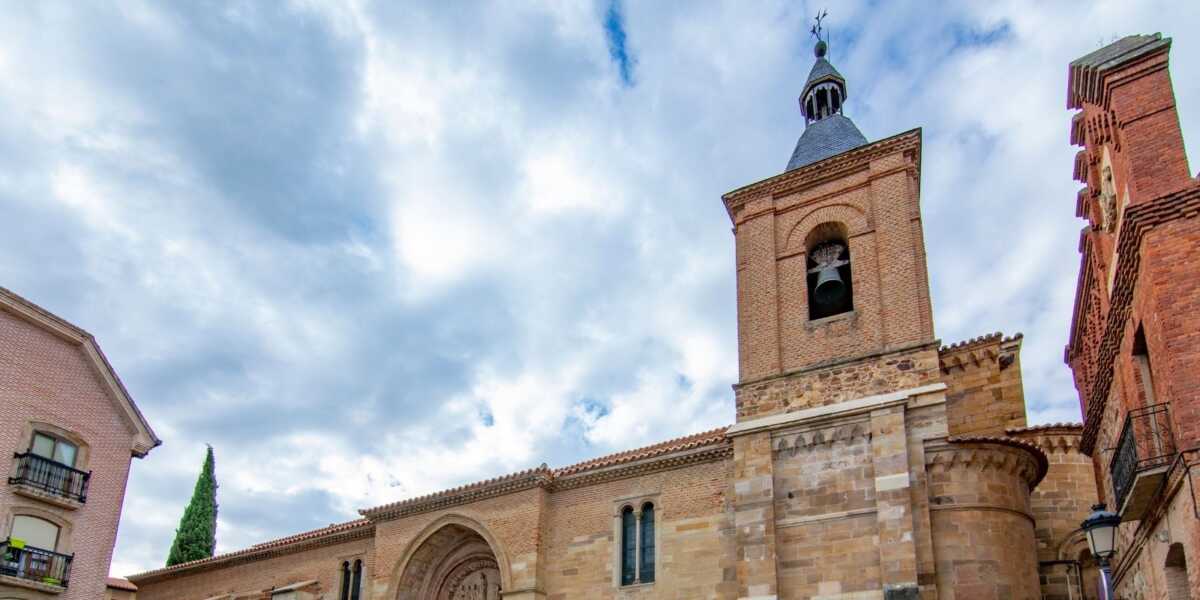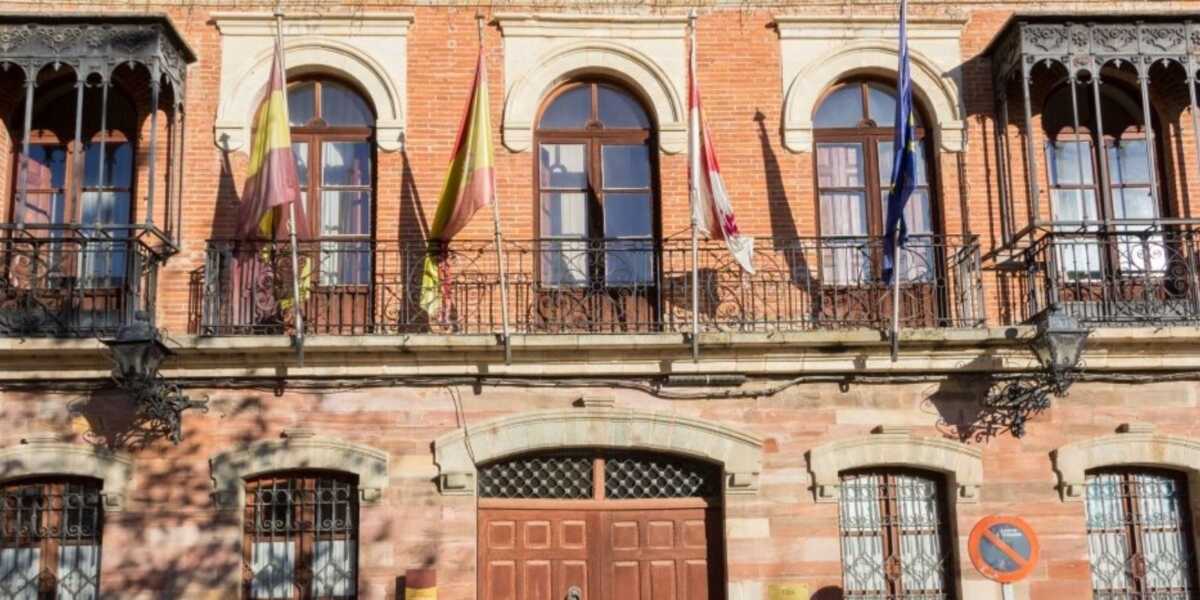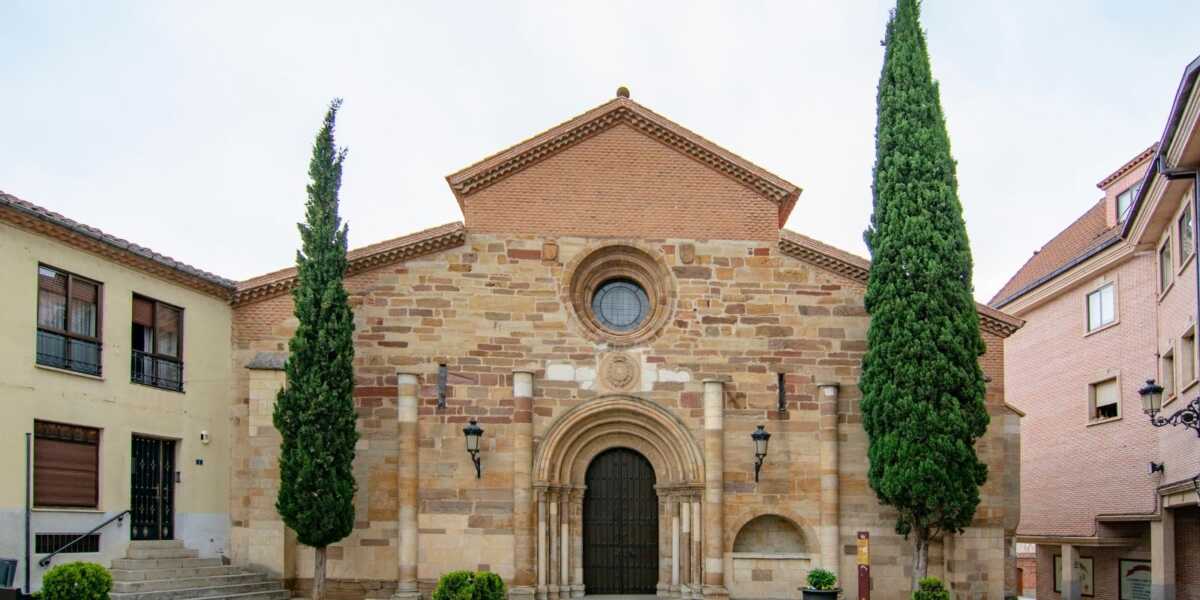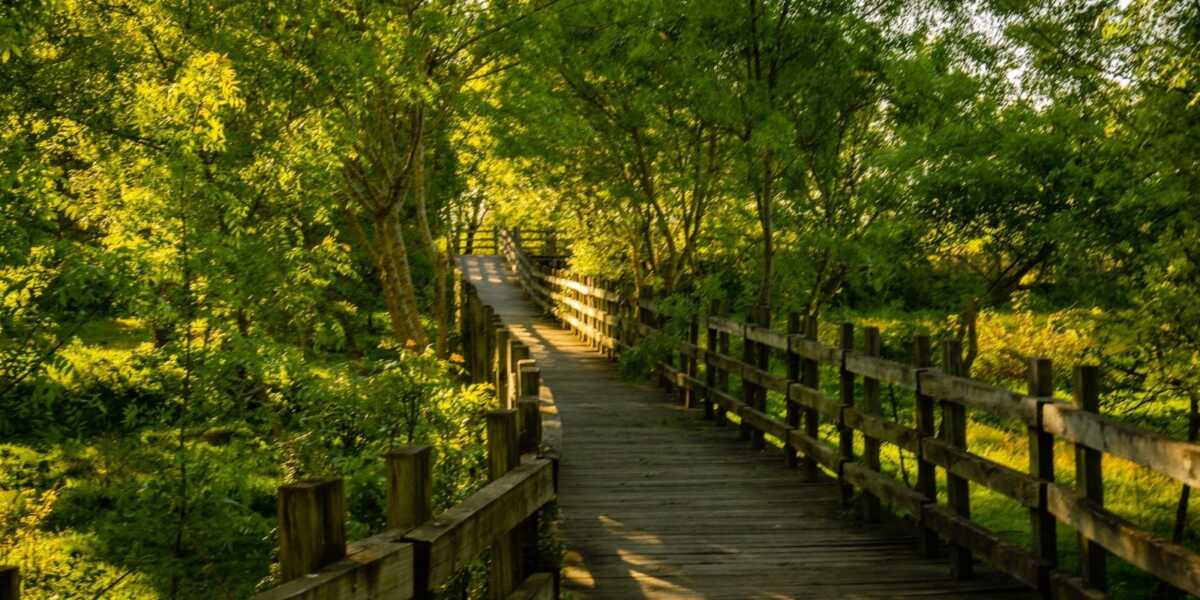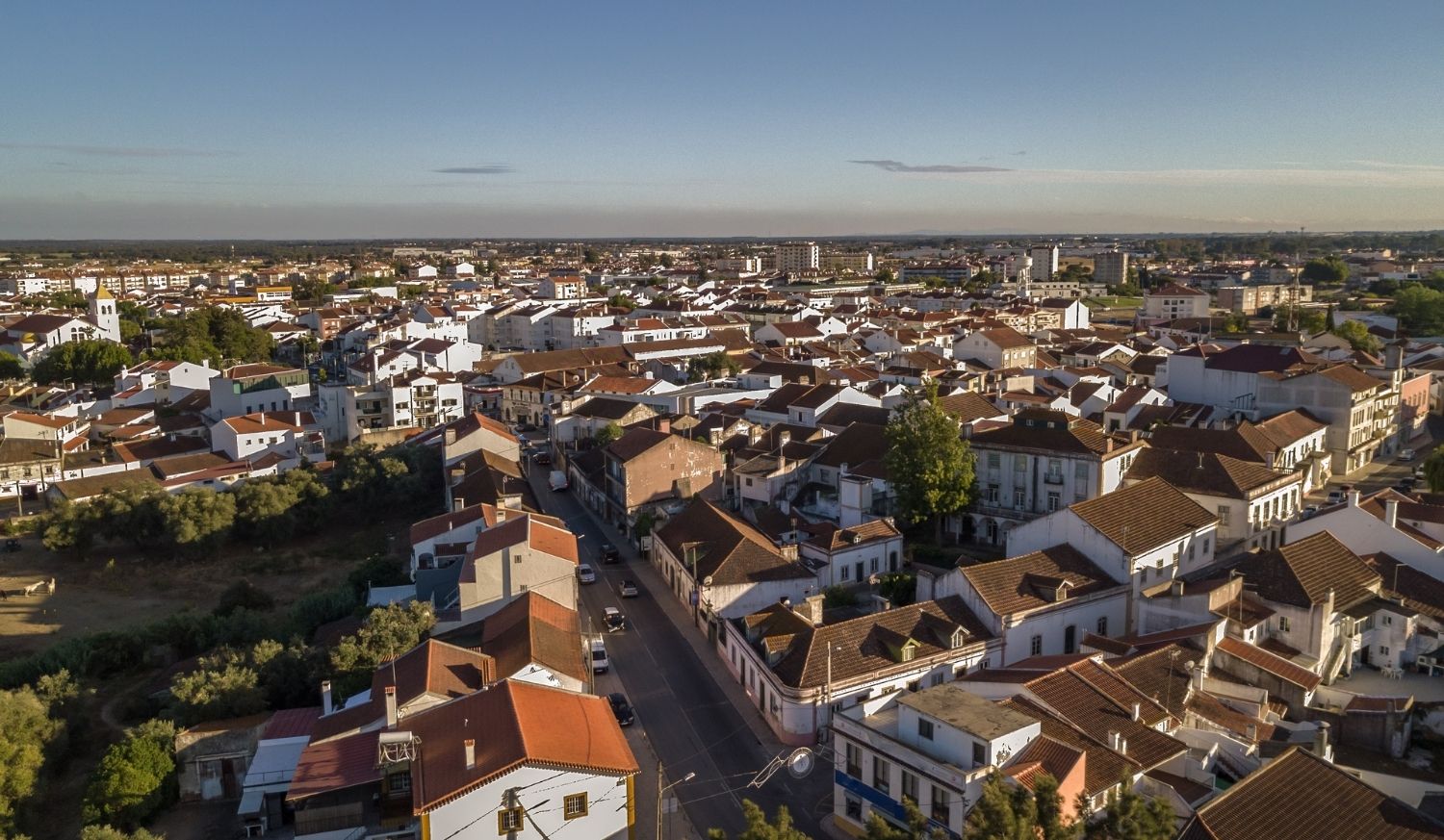
Information about Benavente
Benavente is a city belonging to the province of Zamora and located on the Camino de la Vía de la Plata, it is also a traditional stop on the route between Madrid and Galicia. This town has an interesting historical-artistic heritage, as well as an exquisite gastronomy and attractive traditional culture so that any pilgrim or traveller will want to stop and get to know it in more depth.
What to see and do in Benavente
La Mota Castle
It is said that this construction took place during the repopulation of Fernando II during the 12th century. In 1202 King Alfonso IX held a court there. After the city was under the lordship of the Pimentel family, the castle became the residence of the counts and underwent different reforms until it was destroyed at the beginning of the 19th century. Finally it became part of the Parador Nacional de Turismo until today, an ideal place to stay in Benavente. This building is also known as the Torre del Caracol, which is actually a small part of the whole fortified complex. This complex has three walled enclosures and the Torre del Caracol, which is the work of the sixteenth century, a beautiful building with a style that mixes Gothic and Renaissance.
The Hospital de la Piedad
This hospital is currently an old people’s home and was designed by the fifth Count of Benavente, Don Alfonso Pimentel. Its main function was to welcome pilgrims with some kind of ailment and also to help the residents of the village. The façade of the building is a beautiful example of the early Spanish Renaissance, still maintaining the influences of the Gothic style. The doorway has a semicircular arch with a large number of voussoirs framed by a large alfiz. In the entrance door, the wrought iron door knockers stand out and in the interior the square patio, surrounded by galleries on two floors, all elaborated in exquisite stone, draws the attention.
The church of San Juan del Mercado
It is determined that in the year 1181 this church was under construction in collaboration with the Order of the Hospital of St. John. It is a Romanesque building made of stone, which was very expensive at the time. The plan of the church has three naves with a transept that does not protrude from the whole. The chevet is Romanesque in style with three semicircular apses and the church has three doorways, all of them in keeping with the style of the period. The one located at noon, under a pointed arch, stands out for its wide iconographic development. On the other hand, on the first cover are the symbols of the four evangelists. All the figures of this monumental door have remains of their old polychrome that were made in the 13th century.
The House of the Cervato of Benavente
This building is also known as Casa de los Rodríguez and has been restored by a workshop school. The façade and the belvederes are an interesting representative example of the civil architecture of the 19th century. It is said that it was ordered to be built as a family residence by the politician Don José Rodríguez y Rodríguez, who belonged to the so-called “clan of the cervatos”. It is a construction that participates in the whole of nineteenth-century historicism.
The hermitage of La Soledad
The chapel was built at the beginning of the 16th century to replace a previous one that was located where the Hospital de la Piedad is nowadays. In the middle of the 19th century, this temple became an improvised hospital to give shelter to some of those affected by the epidemics. The building consists of a single nave with several large windows on each side. The façade has a semicircular arch in ashlar stone and over an oculus there is a coat of arms that refers to the connection with the Franciscan order that the hermitage has had since ancient times.
The Meadow Park
This excellent place for peace and relaxation is surrounded by canals and ponds, in the middle of nature. At the end of the park you can find the Merendero de la Fuente Mineral, covered with huge chestnut trees. Near its location you can also enjoy other idyllic spaces such as the Entrecaños Park, the Isla de las Pavas and the Merendero de la Estación.

